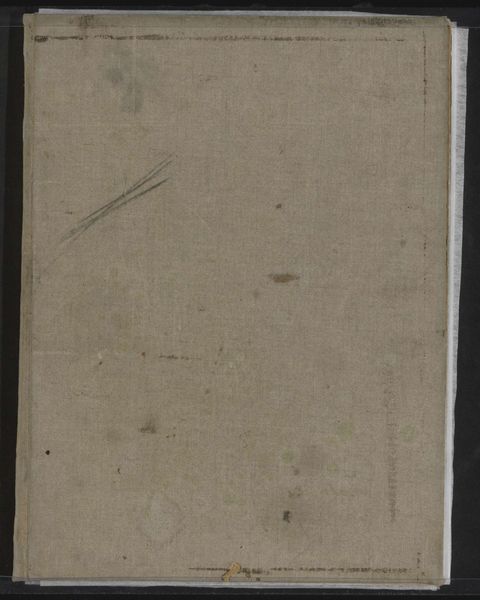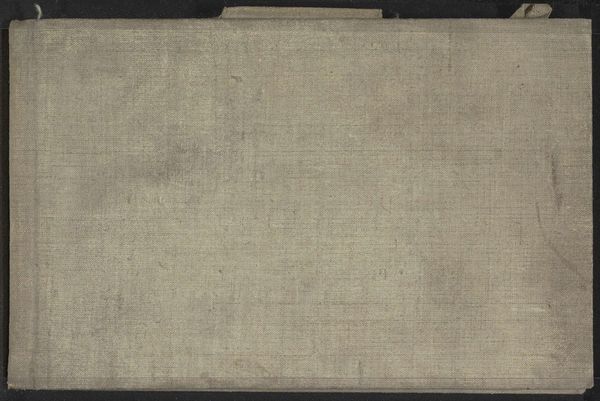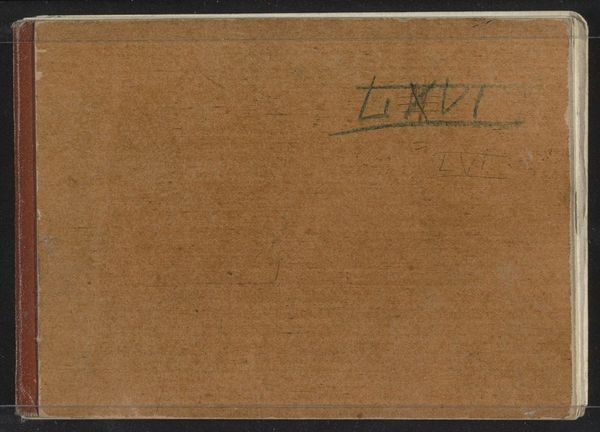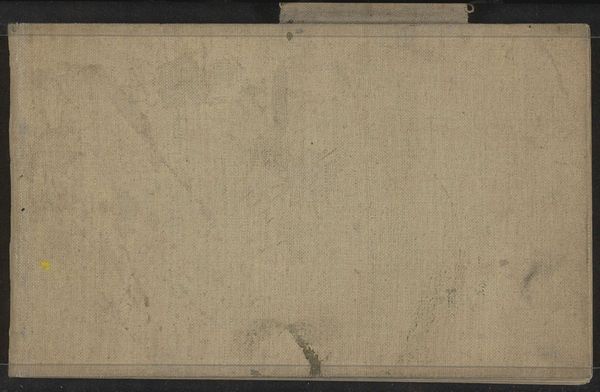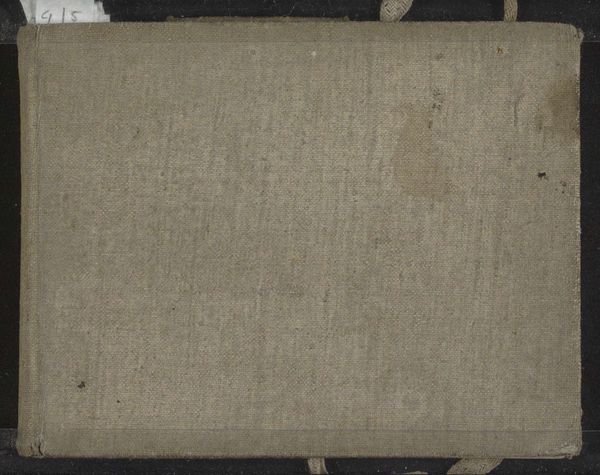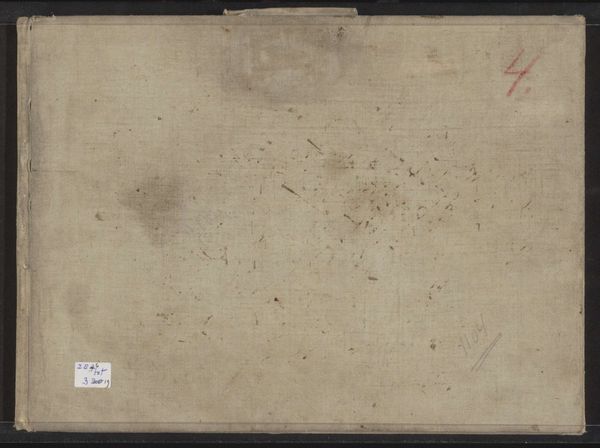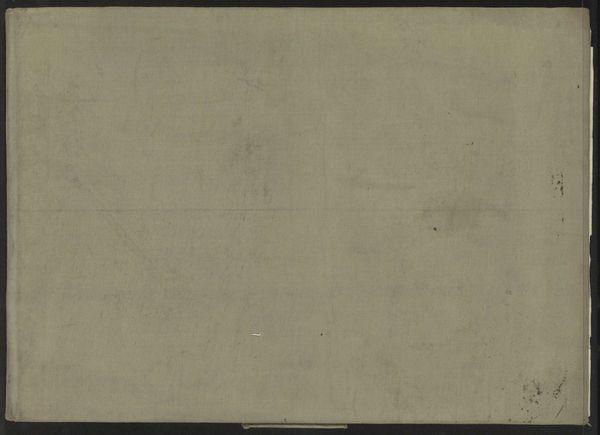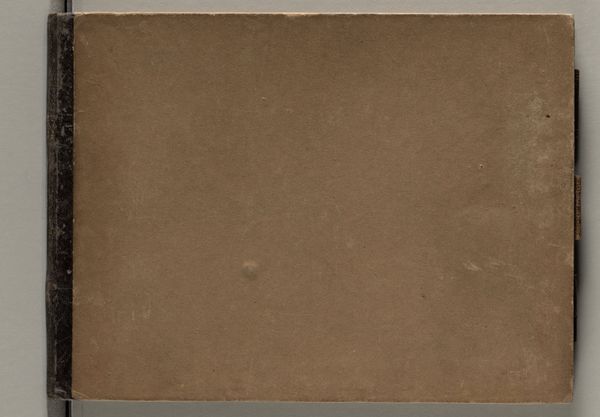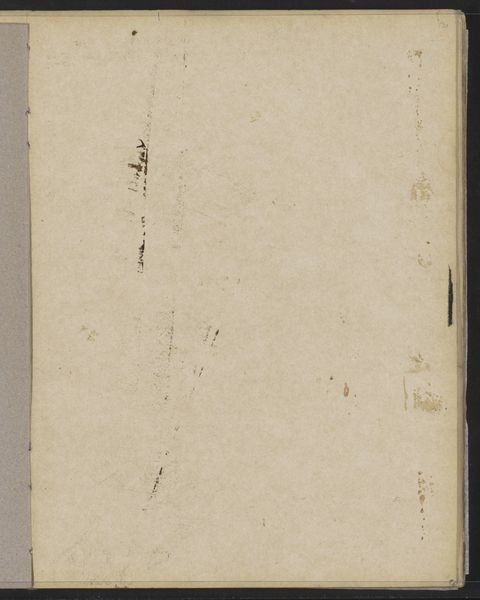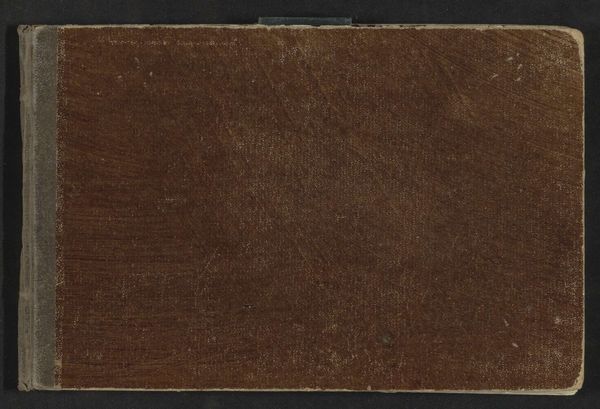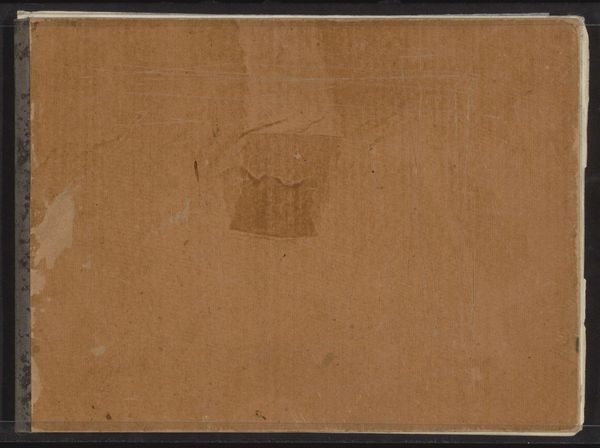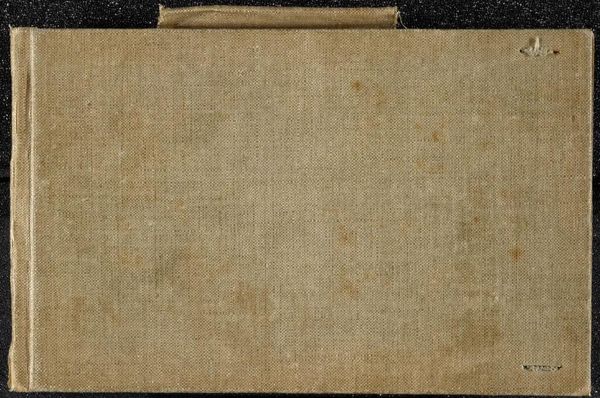
Dimensions: height 126 mm, width 186 mm, thickness 10 mm, width 372 mm
Copyright: Rijks Museum: Open Domain
This is a sketchbook with seventeen pages by Jozef Israëls, made at an unknown date. It’s held here at the Rijksmuseum. Now, a sketchbook might seem like a humble object, but it offers us a privileged glimpse into the artistic process. Israëls was part of the Hague School, a group of Dutch artists in the late 19th century who turned away from grand historical subjects and towards everyday life, especially the lives of rural laborers and fishermen. Born into a Jewish family, Israëls’ own background perhaps gave him a sensitivity to those on the margins of society. But the Hague School was also working in a time of great social change, as industrialization and urbanization were rapidly reshaping the Netherlands. By looking at the drawings inside, we might ask, was Israëls romanticizing rural life, or offering a critique of the social inequalities of his time? As art historians, we can look at these images alongside other sources – letters, exhibition reviews, census records – to get a fuller picture of the artist and the world he inhabited. Art always exists within a social context, and understanding that context is key to understanding the art itself.
Comments
No comments
Be the first to comment and join the conversation on the ultimate creative platform.
